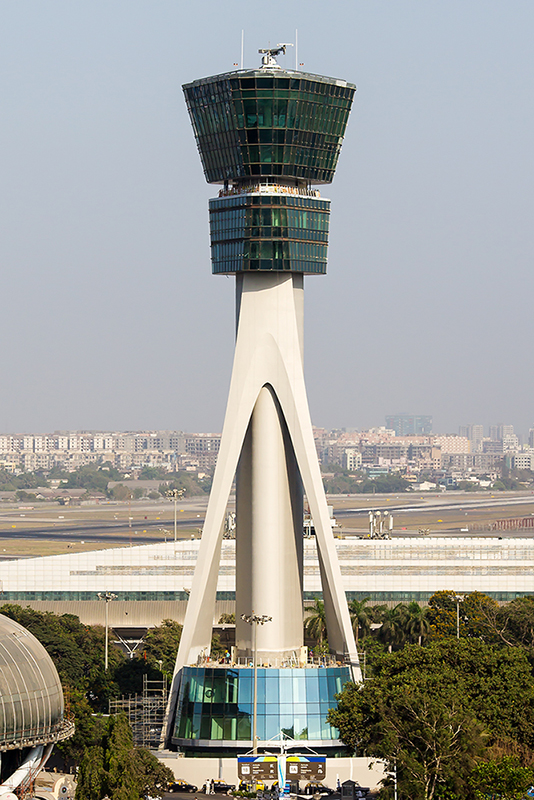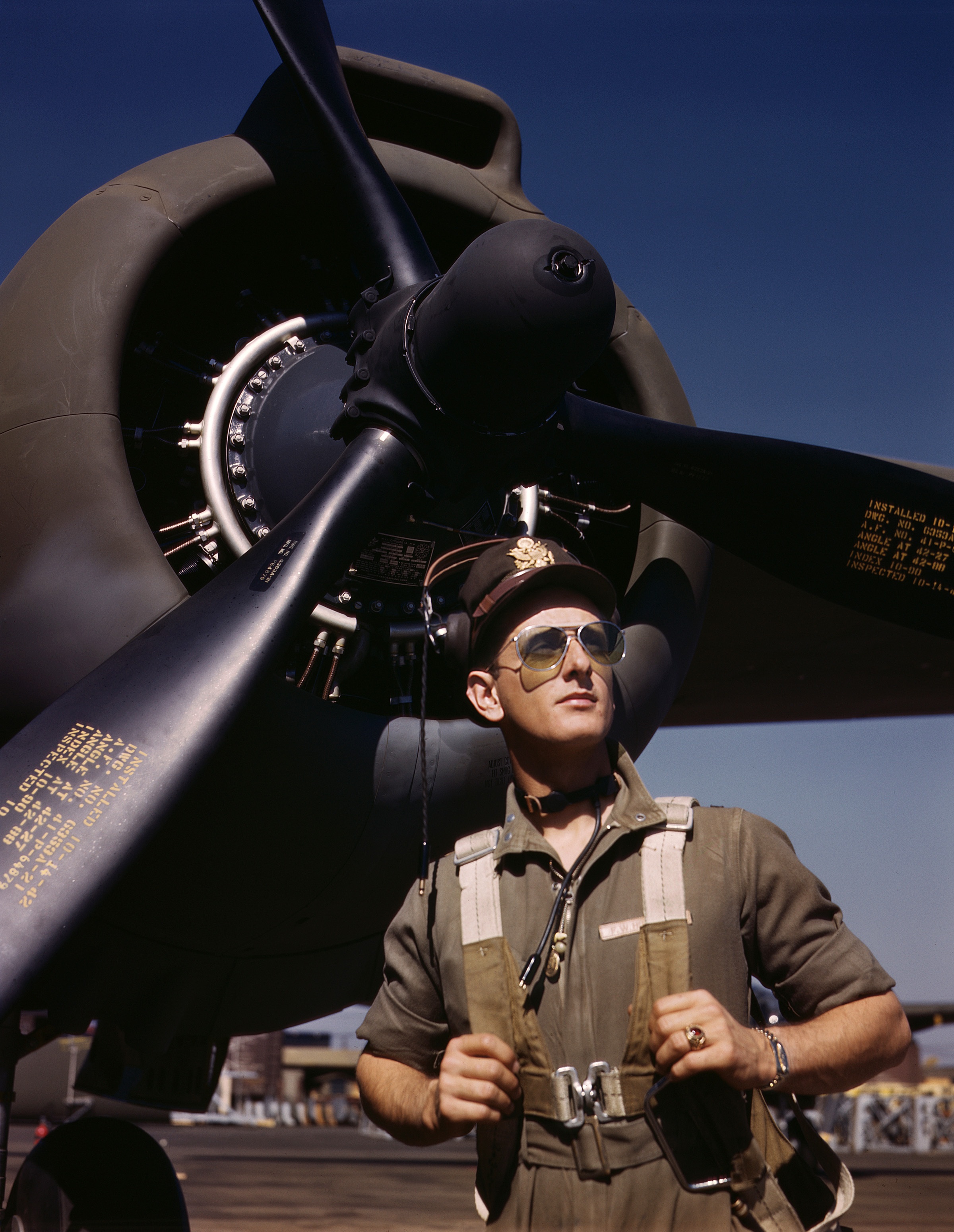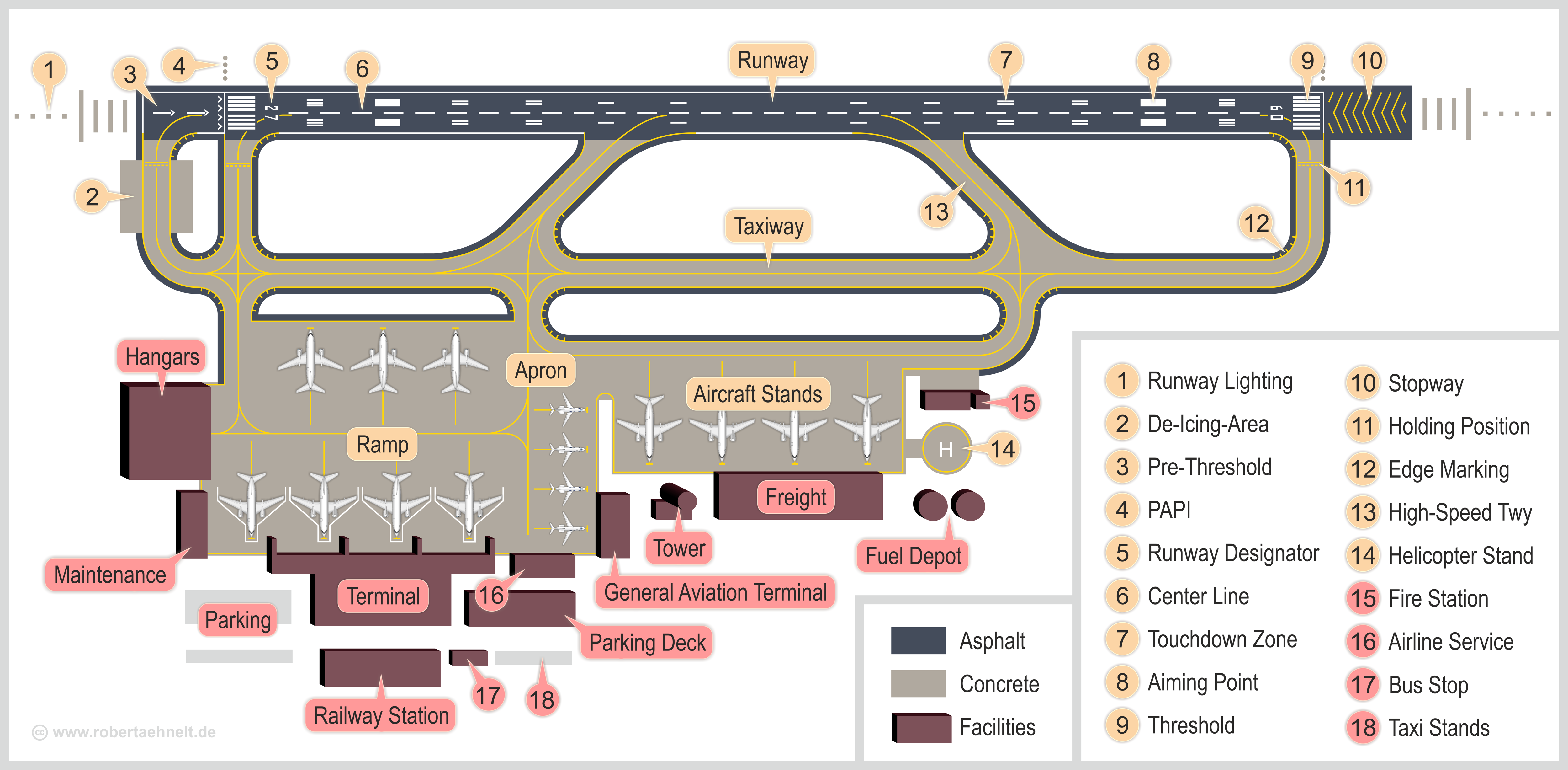|
Intersection (aeronautics)
In aviation, an intersection is a virtual navigational fix that helps aircraft maintain their flight plan. It is usually defined as the intersection (in the geometrical sense) of two VOR (VHF Omnidirectional Range) radials. They are usually identified as major airway intersections where aircraft, operating under instrument flight rules, often change direction of flight while ''en route''. According to the Federal Aviation Regulations, some intersections are designated as mandatory reporting points for pilots who are not in radar contact with air traffic control. Intersections also play an important role in departure and approach procedures. All intersections have an alphabetical or alphanumeric designation. Near major airports, the intersection designation code typically consists of three letters followed by the runway number. Most other intersection designations consist of five-letter combinations that are either pronounceable or chosen for their mnemonic value, since either a ... [...More Info...] [...Related Items...] OR: [Wikipedia] [Google] [Baidu] |
Air Traffic Control
Air traffic control (ATC) is a service provided by ground-based air traffic controllers who direct aircraft on the ground and through a given section of controlled airspace, and can provide advisory services to aircraft in non-controlled airspace. The primary purpose of ATC is to prevent collisions, organise and expedite the flow of traffic in the air, and provide information and other support for pilots. Personnel of air traffic control monitor aircraft location in their assigned airspace by radar and communicate with the pilots by radio. To prevent collisions, ATC enforces Separation (air traffic control), traffic separation rules, which ensure each aircraft maintains a minimum amount of 'empty space' around it at all times. It is also common for ATC to provide services to all General aviation, private, Military aviation, military, and commercial aircraft operating within its airspace; not just civilian aircraft. Depending on the type of flight and the class of airspace, AT ... [...More Info...] [...Related Items...] OR: [Wikipedia] [Google] [Baidu] |
Intercept Method
In astronomical navigation, the intercept method, also known as Marcq St. Hilaire method, is a method of calculating an observer's position on Earth (geopositioning). It was originally called the ''azimuth intercept'' method because the process involves drawing a line which intercepts the azimuth line. This name was shortened to ''intercept'' method and the ''intercept distance'' was shortened to 'intercept'. The method yields a line of position (LOP) on which the observer is situated. The intersection of two or more such lines will define the observer's position, called a "fix". Sights may be taken at short intervals, usually during hours of twilight, or they may be taken at an interval of an hour or more (as in observing the Sun during the day). In either case, the lines of position, if taken at different times, must be advanced or retired to correct for the movement of the ship during the interval between observations. If observations are taken at short intervals, a few minut ... [...More Info...] [...Related Items...] OR: [Wikipedia] [Google] [Baidu] |
Position Line
A position line or line of position (LOP) is a line (or, on the surface of the Earth, a curve) that can be both identified on a chart (nautical chart or aeronautical chart) and translated to the surface of the Earth. The intersection of a minimum of two position lines is a fix that is used in position fixing to identify a navigator's location. There are several types of position line: * Compass bearing – the angle between north and the line passing through the compass and the point of interest * Transit – a line passing through the observer and two other reference points * Leading line – the line passing through two marks indicating a safe channel * Leading lights – the line passing through two beacons indicating a safe channel * Sector lights – the lines created by masked colored lights that indicate a safe channel See also * Coordinate line * Intersection (aeronautics) * Navigation * Position circle * Sight reduction In astronavigation, sight reduction is the ... [...More Info...] [...Related Items...] OR: [Wikipedia] [Google] [Baidu] |
Aviator
An aircraft pilot or aviator is a person who controls the flight of an aircraft by operating its directional flight controls. Some other aircrew members, such as navigators or flight engineers, are also considered aviators because they are involved in operating the aircraft's navigation and engine systems. Other aircrew members, such as drone operators, flight attendants, mechanics and ground crew, are not classified as aviators. In recognition of the pilots' qualifications and responsibilities, most militaries and many airlines worldwide award aviator badges to their pilots. Definition The first recorded use of the term ''aviator'' (''aviateur'' in French) was in 1887, as a variation of ''aviation'', from the Latin ''avis'' (meaning ''bird''), coined in 1863 by in ''Aviation Ou Navigation Aérienne'' ("Aviation or Air Navigation"). The term ''aviatrix'' (''aviatrice'' in French), now archaic, was formerly used for a female pilot. The term ''aviator'' (''aviateur'' ... [...More Info...] [...Related Items...] OR: [Wikipedia] [Google] [Baidu] |
Mnemonic
A mnemonic device ( ), memory trick or memory device is any learning technique that aids information retention or retrieval in the human memory, often by associating the information with something that is easier to remember. It makes use of elaborative encoding, retrieval cues and imagery as specific tools to encode information in a way that allows for efficient storage and retrieval. It aids original information in becoming associated with something more accessible or meaningful—which in turn provides better retention of the information. Commonly encountered mnemonics are often used for lists and in auditory system, auditory form such as Acrostic, short poems, acronyms, initialisms or memorable phrases. They can also be used for other types of information and in visual or kinesthetic forms. Their use is based on the observation that the human mind more easily remembers spatial, personal, surprising, physical, sexual, humorous and otherwise "relatable" information rather tha ... [...More Info...] [...Related Items...] OR: [Wikipedia] [Google] [Baidu] |
Runway
In aviation, a runway is an elongated, rectangular surface designed for the landing and takeoff of an aircraft. Runways may be a human-made surface (often asphalt concrete, asphalt, concrete, or a mixture of both) or a natural surface (sod, grass, soil, dirt, gravel, ice, sand or road salt, salt). Runways, taxiways and Airport apron, ramps, are sometimes referred to as "tarmac", though very few runways are built using Tarmacadam, tarmac. Takeoff and landing areas defined on the surface of water for seaplanes are generally referred to as waterways. Runway lengths are now International Civil Aviation Organization#Use of the International System of Units, commonly given in meters worldwide, except in North America where feet are commonly used. History In 1916, in a World War I war effort context, the first concrete-paved runway was built in Clermont-Ferrand in France, allowing local company Michelin to manufacture Bréguet Aviation military aircraft. In January 1919, aviation p ... [...More Info...] [...Related Items...] OR: [Wikipedia] [Google] [Baidu] |
Airport
An airport is an aerodrome with extended facilities, mostly for commercial Aviation, air transport. They usually consist of a landing area, which comprises an aerially accessible open space including at least one operationally active surface such as a runway for a airplane, plane to take off and to land or a helipad, and often includes adjacent utility buildings such as Air traffic control, control towers, hangars and airport terminal, terminals, to maintain and monitor aircraft. Larger airports may have airport aprons, taxiway bridges, air traffic control centres, passenger facilities such as restaurants and Airport lounge, lounges, and emergency services. In some countries, the US in particular, airports also typically have one or more fixed-base operators, serving general aviation. Airport operations are extremely complex, with a complicated system of aircraft support services, passenger services, and aircraft control services contained within the operation. Thus airpor ... [...More Info...] [...Related Items...] OR: [Wikipedia] [Google] [Baidu] |
Alphanumeric
Alphanumericals or alphanumeric characters are any collection of number characters and letters in a certain language. Sometimes such characters may be mistaken one for the other. Merriam-Webster suggests that the term "alphanumeric" may often additionally refer to other symbols, such as punctuation and mathematical symbols. In the POSIX/C Locale (computer software), locale, there are either 36 (A–Z and 0–9, case insensitive) or 62 (A–Z, a–z and 0–9, case-sensitive) alphanumeric characters. Subsets of alphanumeric used in human interfaces When a string of mixed alphabets and numerals is presented for human interpretation, ambiguities arise. The most obvious is the similarity of the letters I, O and Q to the numbers 1 and 0. Therefore, depending on the Record locator, application, various subsets of the alphanumeric were adopted to avoid misinterpretation by humans. In passenger aircraft, aircraft seat maps and seats were designated by row number followed by column le ... [...More Info...] [...Related Items...] OR: [Wikipedia] [Google] [Baidu] |
Alphabet
An alphabet is a standard set of letter (alphabet), letters written to represent particular sounds in a spoken language. Specifically, letters largely correspond to phonemes as the smallest sound segments that can distinguish one word from another in a given language. Not all writing systems represent language in this way: a syllabary assigns symbols to spoken syllables, while logographies assign symbols to words, morphemes, or other semantic units. The first letters were invented in Ancient Egypt to serve as an aid in writing Egyptian hieroglyphs; these are referred to as Egyptian uniliteral signs by lexicographers. This system was used until the 5th century AD, and fundamentally differed by adding pronunciation hints to existing hieroglyphs that had previously carried no pronunciation information. Later on, these phonemic symbols also became used to transcribe foreign words. The first fully phonemic script was the Proto-Sinaitic script, also descending from Egyptian hi ... [...More Info...] [...Related Items...] OR: [Wikipedia] [Google] [Baidu] |
Federal Aviation Regulations
The Federal Aviation Regulations (FARs) are rules prescribed by the Federal Aviation Administration (FAA) governing all aviation activities in the United States. The FARs comprise Title 14 of the Code of Federal Regulations (14 CFR). A wide variety of activities are regulated, such as aircraft design and maintenance, typical airline flights, pilot training activities, hot-air ballooning, lighter-than-air aircraft, human-made structure heights, obstruction lighting and marking, model rocket launches, commercial space operations, model aircraft operations, unmanned aircraft systems (UAS) and kite flying. The rules are designed to promote safe aviation, protecting pilots, flight attendants, passengers and the general public from unnecessary risk. FAR vs. 14 CFR Since 1958, these rules have typically been referred to as "FARs", short for Federal Aviation Regulations. However, another set of regulations (Title 48) is titled "Federal Acquisition Regulations", and this has led ... [...More Info...] [...Related Items...] OR: [Wikipedia] [Google] [Baidu] |
Aviation
Aviation includes the activities surrounding mechanical flight and the aircraft industry. ''Aircraft'' include fixed-wing and rotary-wing types, morphable wings, wing-less lifting bodies, as well as lighter-than-air aircraft such as hot air balloons and airships. Aviation began in the 18th century with the development of the hot air balloon, an apparatus capable of atmospheric displacement through buoyancy. Clément Ader built the "Ader Éole" in France and made an uncontrolled, powered hop in 1890. This was the first powered aircraft, although it did not achieve controlled flight. Some of the most significant advancements in aviation technology came with the controlled gliding flying of Otto Lilienthal in 1896. A major leap followed with the construction of the '' Wright Flyer'', the first powered airplane by the Wright brothers in the early 1900s. Since that time, aviation has been technologically revolutionized by the introduction of the jet engine which enabl ... [...More Info...] [...Related Items...] OR: [Wikipedia] [Google] [Baidu] |






